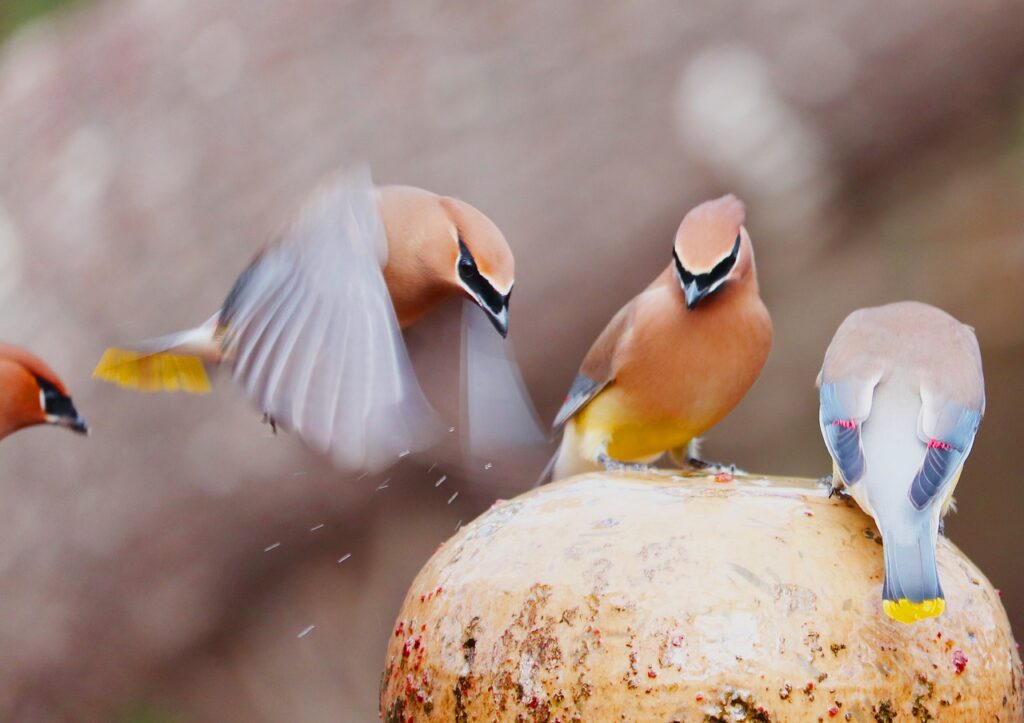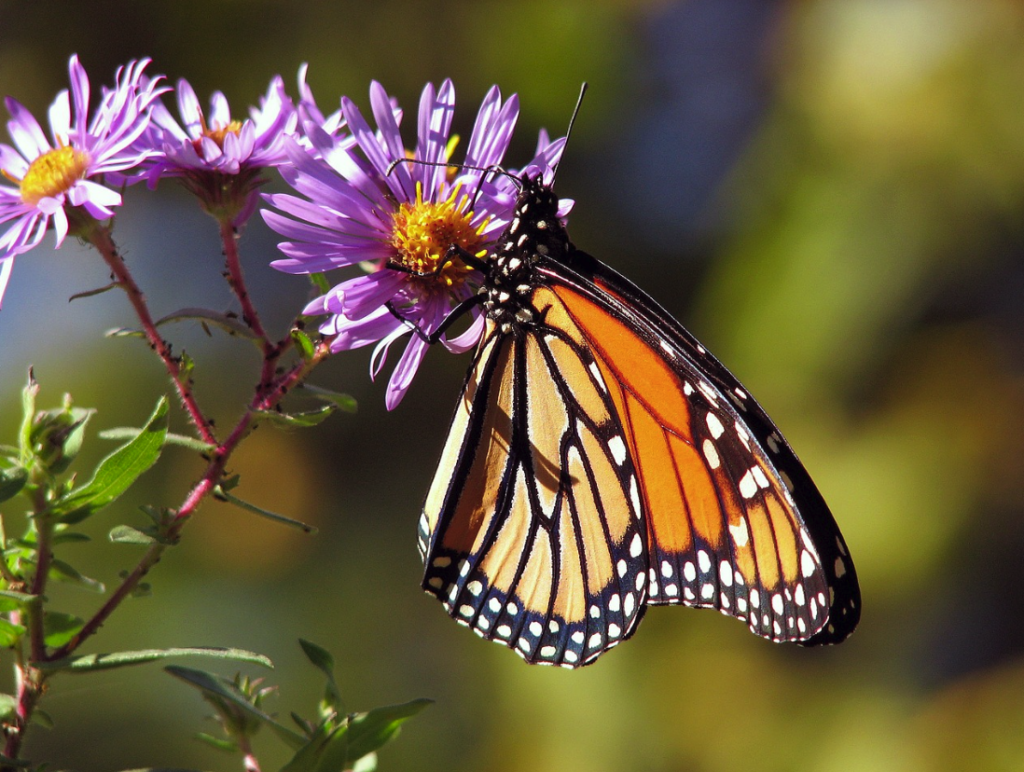The Microhabitat Accelerator℠
A gathering place and central resource for established and emerging microhabitat
programs to share ideas, lessons and expertise.
More Programs, Better Practices
Community-based programs designed to convert small patches of land into ecologically useful habitats are popping up everywhere, and take many forms. Some advance biodiversity and may focus on native plants and pollinators. Others aim to shade urban streets with trees or channel road runoff into bioswales. Yet others convert roadside verges or the margins of agricultural land into critical habitat for imperiled species, like Monarch butterflies, or popular game species, like bobwhite quail.
Collectively, all have these benefits in common: they restore ecological functions and ecosystem services to the fragmented landscape; they help communities and landscapes adapt to climate change; and they help build a community’s conservation culture.
While many of these programs have been labeled under the “backyard habitat” concept, we propose a more encompassing term—microhabitat programs. And we believe that these programs are part of a broader global movement to convert small fragments of land, be it a backyard, a front yard, a verge or a community garden, into useful habitat. We refer to this movement as the microhabitat movement.
Although these programs are emerging everywhere, there is no central resource or gathering place to share ideas, learning and expertise.

Many emerging programs are forced to reinvent strategies that have already been tested elsewhere. And even well-established programs have problems, but not solutions, in common. For some, there are examples of solutions. Others remain to be created. Example of both include the following:
– How to fund a program
– How to develop a sustainable supply of local-genotype native plants
– How to remove invasive species
– How to develop a volunteer labor force
– How to build a socially contagious program
– How to monitor ecological impacts, at both the property and ecosystem scales
– How to effectively work in disadvantaged communities
In keeping with our model of Supporting Innovation, Sharing Learning and Facilitating Community, The Microhabitat Program Incubator offers:
- The Microhabitat Resource Center: This open source center provides a growing catalog of case studies, scholarly research, funding sources, and other information for developing new programs and expanding established ones.
- The Microhabitat Program Directory: A guide to microhabitat programs from which you can learn best practices employed by other organizations and agencies that work for their communities and ecosystems.
-
A Practitioner Network: The Microhabitat Program (MhP) Network includes practitioners from established, emerging and aspiring programs, as well as scientists, experts and partner organizations. The purpose of this Network is to enable the exchange of ideas, learning and resources leading to “More Programs, Better Practices.”
Within the MhP Network, we are developing smaller communities of practice, for example the MhP Practitioners Circle. The Practitioners Circle comprises community-based programs (typically nonprofits and local agencies) that provide on-site recommendations for microhabitats, and undertake ongoing efforts to re-naturalize multiple spaces within a community. If you think your program may be eligible to join the Practitioners Circle, or you would like to nominate one, please contact us below to schedule an introductory conversation.
- Grants: We are committed to advancing the microhabitat movement through grants. Guided by our vision of “More Programs, Better Practices,” the grants aim to expand the number and quality of microhabitat programs through seed funding and fostering innovation. We currently offer two targeted grant opportunities:
- Incubator Grants: These grants provide essential seed funding to launch new microhabitat programs. This initiative promotes the development of rigorous and impactful programs, particularly for the communities, species, and climate-vulnerable landscapes that need them most.
The 2025 Incubator Grant Pilot is currently open. Learn more here.
Catalyst Grants: Community-based microhabitat programs have long been hubs of ingenuity and innovation. Our Catalyst Grant aims to help them invent, test, and share better practices to propel their collective scale and impact. Launched in 2024, the Catalyst Grant is open exclusively to those in the aforementioned Practitioners Circle.
The priorities for the 2024 grant round (now closed) were to increase equity and lower barriers for all programs. Eight projects were selected in this round. Learn more about them here.
- Incubator Grants: These grants provide essential seed funding to launch new microhabitat programs. This initiative promotes the development of rigorous and impactful programs, particularly for the communities, species, and climate-vulnerable landscapes that need them most.
Reach out and connect if you would like to learn more about the Microhabitat Program Incubator.

Microhabitat Movement
A collective term for the universe of community-based and individual efforts and innovations underway to restore ecosystem function and ecological productivity to the fragmented landscape.
Microhabitat Program Incubator
A gathering place and central resource for established and emerging microhabitat
programs to share ideas, lessons and expertise.
More Programs, Better Practices
Community-based programs designed to convert small patches of land into ecologically useful habitats are popping up everywhere, and take many forms. Some advance biodiversity and may focus on native plants and pollinators. Others aim to shade urban streets with trees or channel road runoff into bioswales. Yet others convert roadside verges or the margins of agricultural land into critical habitat for imperiled species, like Monarch butterflies, or popular game species, like bobwhite quail.
Collectively, all have these benefits in common: they restore ecological functions and ecosystem services to the fragmented landscape; they help communities and landscapes adapt to climate change; and they help build a community’s conservation culture.

While many of these programs have been labeled under the “backyard habitat” concept, we propose a more encompassing term—microhabitat programs. And we believe that these programs are part of a broader global movement to convert small fragments of land, be it a backyard, a front yard, a verge or a community garden, into useful habitat. We refer to this movement as the microhabitat movement.

Microhabitat Movement
A collective term for the universe of community-based and individual efforts and innovations underway to restore ecosystem function and ecological productivity to small land fragments.
Although these programs are emerging everywhere, there is no central resource or gathering place to share ideas, learning and expertise.
Many emerging programs are forced to reinvent strategies that have already been tested elsewhere. And even well-established programs have problems, but not solutions, in common. For some, there are examples of solutions. Others remain to be created. Example of both include the following:
– How to fund a program
– How to develop a sustainable supply of local-genotype native plants
– How to remove invasive species
– How to develop a volunteer labor force
– How to build a socially contagious program
– How to monitor ecological impacts, at both the property and ecosystem scales
– How to effectively work in disadvantaged communities
In keeping with our model of Supporting Innovation, Sharing Learning and Facilitating Community, The Microhabitat Program Incubator is developing:
- The Microhabitat Resource Center: This open source center provides a growing catalog of case studies, scholarly research, funding sources, and other information for developing new programs and expanding established ones.
- The Microhabitat Program Directory: A guide to microhabitat programs from which you can learn best practices employed by other organizations and agencies that work for their communities and ecosystems.
- A Practitioner Network: The MPI Network includes practitioners from established, emerging and aspiring programs, as well as scientists, experts and partner organizations. The purpose of this Network is to enable the exchange of ideas, learning and resources leading to “More Programs, Better Practices.”
Within the MPI Network, we are developing smaller communities of practice, for example the MPI Practitioners Circle. The Practitioners Circle comprises community-based programs (typically nonprofits and local agencies) that provide on-site recommendations for microhabitats, and undertake ongoing efforts to re-naturalize multiple spaces within a community. If you think your program may be eligible to join the Practitioners Circle, or you would like to nominate one, please contact us below to schedule an introductory conversation.
Reach out and connect if you would like to learn more about the Microhabitat Program Incubator.

